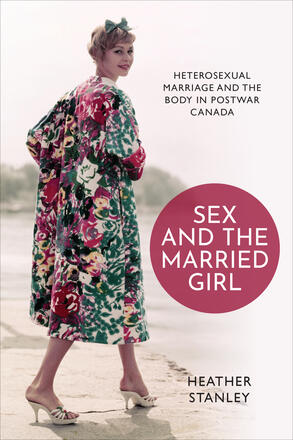
Sex and the Married Girl
Heterosexual Marriage and the Body in Postwar Canada
Description
Sex – who was having it, who shouldn’t have it, and who was supposed to be having it but wasn’t – was a major concern to social authorities in the immediate postwar era. Though they are often remembered with nostalgia as a sexually simpler time, the 1950s and early 1960s were incredibly sexually productive years.
Sex and the Married Girl examines how two interrelated and dominant groups in Canada – medical professionals and church leaders – used married heterosexual female sexuality as a lever to rebuild the Canadian family and the state itself. Using embodied historical methodologies, the book examines not only discourses around sex but also how those discourses could influence the actual experience of sex for married women. Heather Stanley draws upon extensive oral life histories of women who lived, married, and had sex during this liminal social period to demonstrate that this was a time of simultaneous sexual and gender quiescence and change.